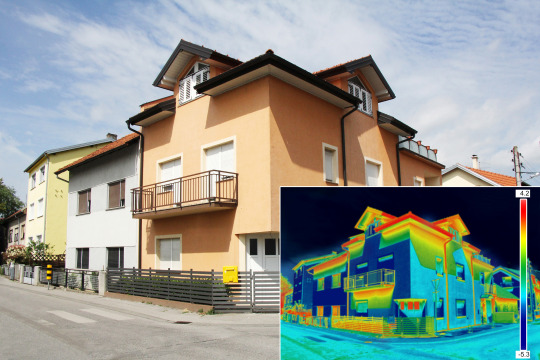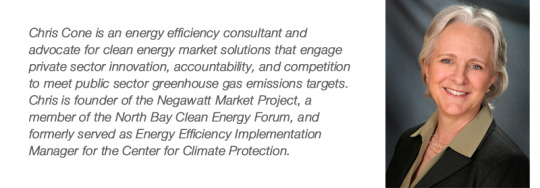By Chris Cone, Negawatt Market Project | September 30, 2015

When it comes to lowering greenhouse gas emissions, nothing
beats energy efficiency. Compared to generating energy (including with
renewables), efficiency costs less and delivers more climate protection per
dollar invested.
Energy efficiency is currently undergoing a paradigm shift.
New developments in data sharing/analysis protocols mean that units of unused
energy can now be metered as a commodity,
just like electricity and natural gas. As a result, building owners and efficiency
vendors will be able to sell, and utilities to buy, metered efficiency in a
pay-for-performance market.
On September 24, the The Climate Center and Negawatt Market Project hosted
a briefing with Matt Golden and Matt Gee, architects of the Open Energy Efficiency Meter, a free
open-standard, open-source, open-data platform that meters efficiency units. Developed
as part of a California Public Utilities Commission project to standardize a
transparent commodity-grade process for measuring efficiency, the Open EE Meter
uses national data protocols, utility data from upgraded buildings, and
statistical principles to reliably measure efficiency results.
Rather than receiving a one-time rebate based on an estimate
of energy savings, in a metered efficiency market building owners making
efficiency upgrades are paid for actual results over time. This aligns
incentives with results and promotes projects that produce longer lasting,
deeper efficiency. In addition, a metered efficiency market encourages business
model innovation based on accountability to results.
This paradigm shift is reflected in SB-350, the Clean Energy
and Pollution Reduction Act of 2015.
- Metered efficiency
metric: The new law requires meeting State efficiency targets based on
“normalized metered electricity and
natural gas consumption” in addition to current methods that estimate savings
using energy modeling techniques. - Pre-upgrade
baseline: Efficiency results will now be based on the difference between a
building’s energy use before upgrades (or baseline)
and lower use levels as metered after upgrades. In addition, existing rebate
programs can now count all efficiency units resulting from upgrades to
buildings that are not currently compliant with energy code (which is most
buildings). - Pay-for-performance
incentives: The law also authorizes current efficiency rebate programs to
directly link incentives to measured energy savings.
In addition, companion bill AB-802 tasks the California
Energy Commission, which oversees energy policy and planning, to incorporate
metered efficiency into the development of State goals, portfolio cost-effectiveness,
and budgets. It also allows the Commission to include efficiency resulting from
improvements that bring a building into conformance with energy code.
Taken together, the ability to meter efficiency and base
programs and markets on actual metered results constitutes a significant step
toward achieving speed-and-scale GHG reductions in buildings.
